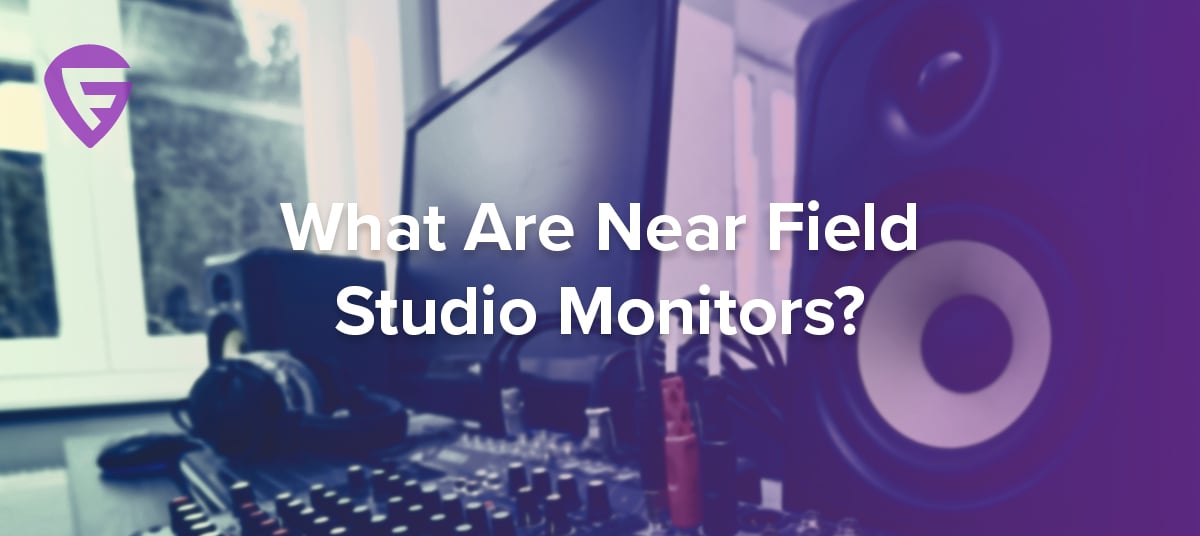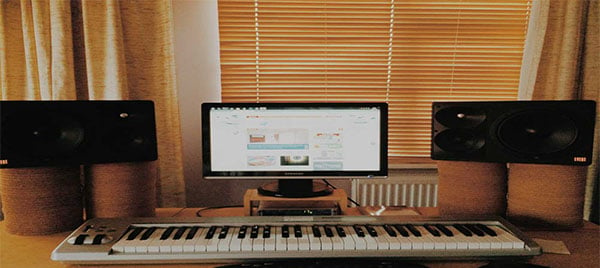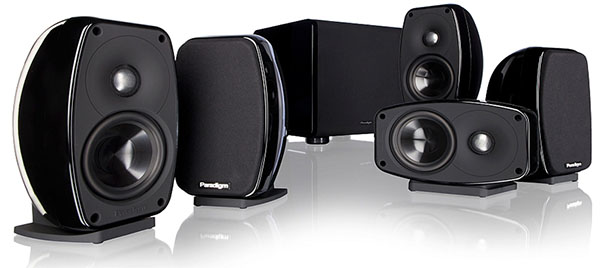- Home
- Instruments
- Gear
- Recording
- Lessons
- Reviews
- Blog

Studio monitors are by far one of the most important pieces of gear in any recording or mixing studio. However, there are various types of studio monitors, all designed to serve a specific purpose. The one we are going to look at today is the group of near field monitors. These are probably more popular than their far or mid field counterparts, mainly due to a large number of enthusiasts who use them. If you've ever wondered what near field means, you are in the right place. Let's find out what these monitors can do and how they are meant to be used.

Before we get any further, we have to talk about the ‘sweet spot'. This is the term you will see being used in just about any piece of info related to speakers. Sweet spot refers to a focal point where the speakers are capable of rendering the music in a way it was meant to be heard. In other words, it is a place where you can stand or sit, and experience the entire range of your speakers.
Finding the sweet spot comes down to speaker placement and dealing with your room acoustics. That is a story for another time. We have mentioned the sweet spot because it has a lot to do with near field monitors. Near field means that the sweet spot is going to be achieved approximately 1 or 2 meters away from the speakers. If you move out further, the performance starts to degrade. Same applies for standing too close to speakers. At this point, you are probably wondering what's the point of having monitors you have to be so close to?
The simple answer is efficiency. Some of the best studio monitors out there are near field in nature. You can check them out in our guide for best studio monitors. Near field studio monitors offer a solution to a very serious problem, and that is dealing with confined space.
One of the main misconceptions about near field monitors is that their sweet spot is too narrow. Sure, that applies to some models, but there are plenty of monitors out there that have an exceptionally wide sweet spot. It all depends on the brand and architecture of the speaker cabinets. Either way, an average near field monitor should give you a comfortable sweet spot diameter.

It cannot be emphasized enough how important the size and shape of your studio is in regards to your monitor's performance. Ignoring this issue can literally make even the best studio monitors in the world practically useless. The problem we are talking about gets even worse when you are dealing with a small studio.
As you probably know, every speaker covers a certain frequency range. Since sound is a wave, and different frequency waves have different length, using large monitors in a small studio can result in a complete mess of a sound. Near field monitors partially address this issue by being tuned to provide the best performance at short distances. That definitely doesn't mean that you can forget about room acoustics or proper speaker positioning, but it definitely helps. By being able to experience the best your monitors are capable of offering at 2 meters, it is possible to design a decent studio in a small room.
If you walk into just about any professional studio, you will find that they usually have large monitors installed into a wall somewhere. Why don't they just use a set of near field cabs if they are so good? The answer to this question is simple. Near field monitors have a specific purpose and so do mid or far field monitors. For example, near field monitors will show you all of the imperfections in a very clinical manner, but mid fields might give you the proper feel for the mix.
It is not uncommon for producers to do their primary mix with near field monitors. Then when they bring all kinds of parameters to a certain level, they will switch to mid fields and continue from there. In essence, it’s not a matter of X or Y, but rather selecting the right tool for the job.
The main issue with using mid-field monitors is the fact that they don’t do well with confined spaces. On top of that, you really want to isolate the room. That doesn’t mean just mounting patches of foam here and there. No, it means getting a professional to design the isolation depending on the size, shape, and nature of your studio as well as your mid field monitors. You can probably see why this might be a problem with home studios.
Power in terms of studio monitors doesn’t just have to do with the amount of volume you are getting. That is actually not that important unless you are working with a really underpowered set of monitors. More power is a good thing to have because that extra juice gives you more headroom when working. The transducers will be able to reproduce their frequency range at higher volumes without distorting, which is something you definitely want to avoid.
Powerful near field studio monitors are like diesel trucks. They won’t be fast, but they will get you more torque than you know what to do with. To answer the question from the title of this segment, try to get as much power as you can get without buying speakers that are too large for your studio. That is pretty much what it comes down to.
The near-field studio monitors are a tool that was designed to solve a specific set of issues. They just so happen to be the optimal choice for any home studio, since the size of the available space often isn’t too large. With that said, there are many different types of near field studio monitors. Some feature three-way design, while others are coaxial. Even though near field segment is pretty specific on its own, there are so many flavors to choose from. As we reach the end of this short guide, we hope that we have answered any question you might have had about this type of studio monitors.

Reader Interactions